Minds On
A day in the life
There are activities that people do every day. Explore this series of pictures of this child’s day. As you explore, try to name what activities they are doing.
What do you know about this child’s day? What do you wonder about their day?
Record your ideas on the computer, on paper, or in a recording.
Action
What is a cycle?
Let’s explore the child’s day again.

If they go through these activities every day or many days, it is called a cycle.
A cycle is a series of activities or events that keep repeating in the same order each time.
Which of these activities would be a cycle that would repeat in the same order each time?
Would eating breakfast and dinner also be a part of the cycle? Why or why not?
Record your answer on paper, on the computer, or in a recording.
Check your learning!
Time to predict!
This learning activity highlights people, places, or innovations that relate directly to the province of Ontario. Enjoy the exploration!

In Ontario, there are four seasons. These seasons are spring, summer, fall, and winter.
The seasons happen in this same order at the same time every year. That means that the seasons change in a cycle.

Four panels showing the four seasons. The first panel is spring. There is a tree and raindrops are falling down. The next panel is summer. The tree has lots of leave and the sun is bright. The next panel is fall. The leaves turned orange and are falling. The final panel is winter. There are no leaves on the tree and the snow is falling.
Explore this picture of a tree. What do you notice about this picture?
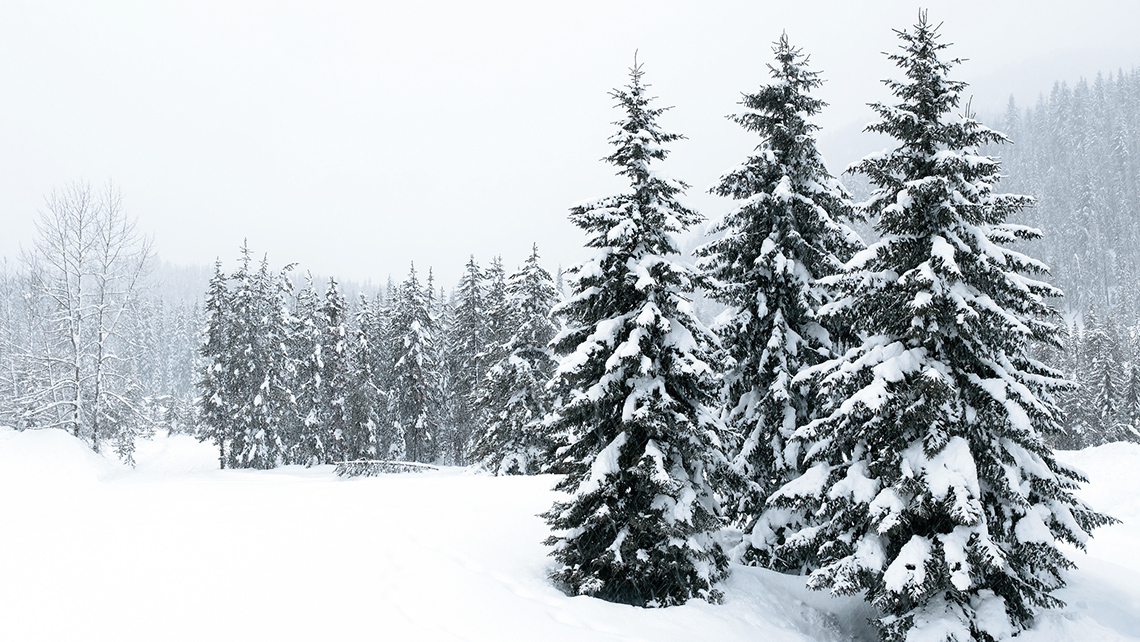
In the winter, trees have no flowers or leaves.
How might this tree change in the spring? What about the summer? What about the fall?
When we think about something that has not happened yet and try to guess what is going to happen, it is called predicting.

Predicting is when you make a guess about what you think will happen.
When we predict, we use clues to help us answer what will happen next.
Predict what this tree will look like in the next three seasons.
Complete the "Seasonal Scientist" activity in your notebook or by using the following fillable and printable document. If you would like, you can use speech-to-text or audio recording tools to record your thoughts.
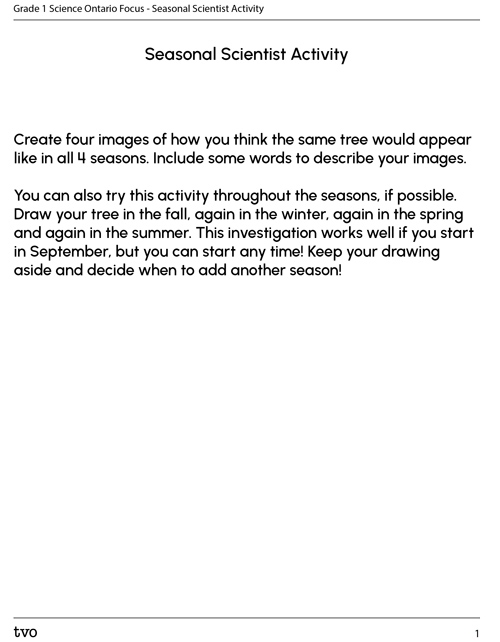
Press the Activity button to access the Seasonal Scientist Activity.
Activity (Open PDF in a new tab)Press ‘Answer’ to find out what the tree will look like in the rest of the seasons.
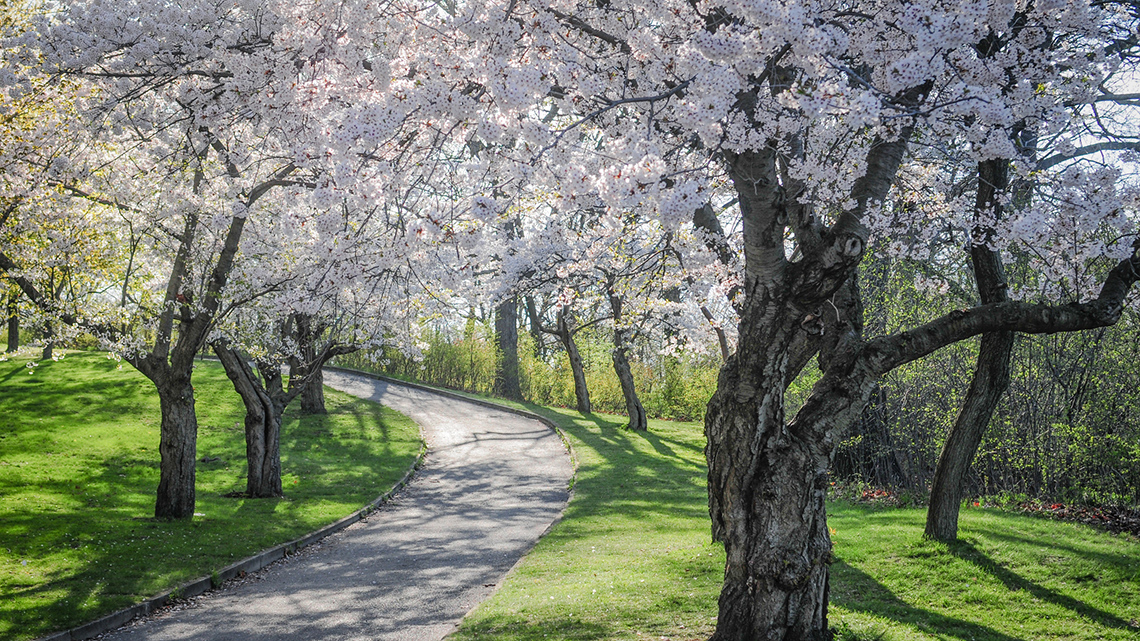
In the spring, trees bloom new flowers.
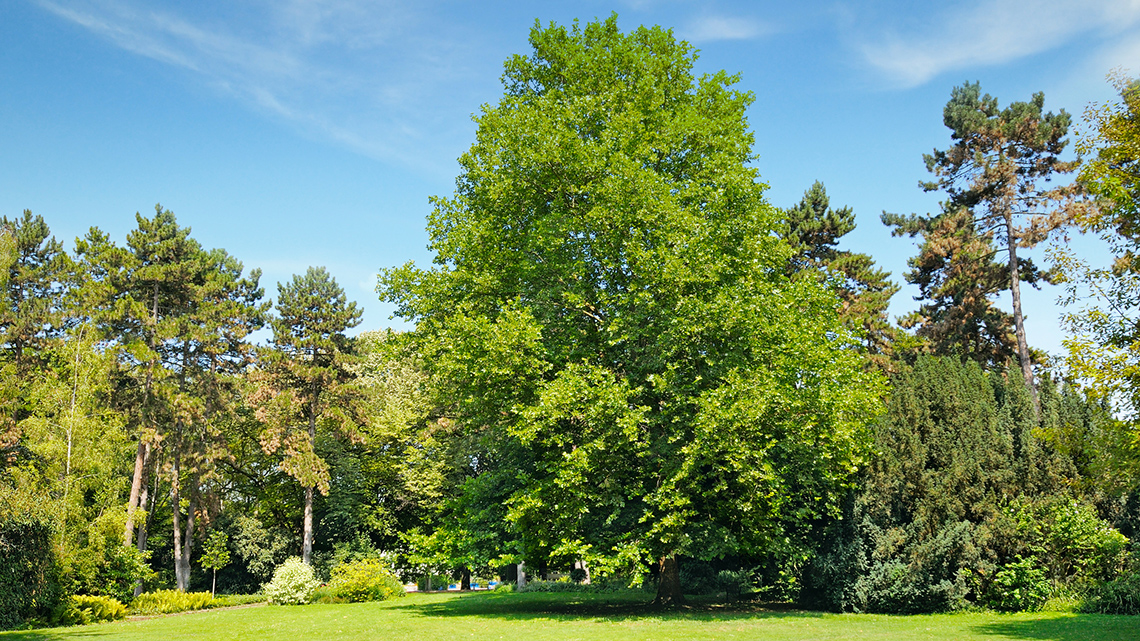
In the summer, trees grow new leaves and get bigger.
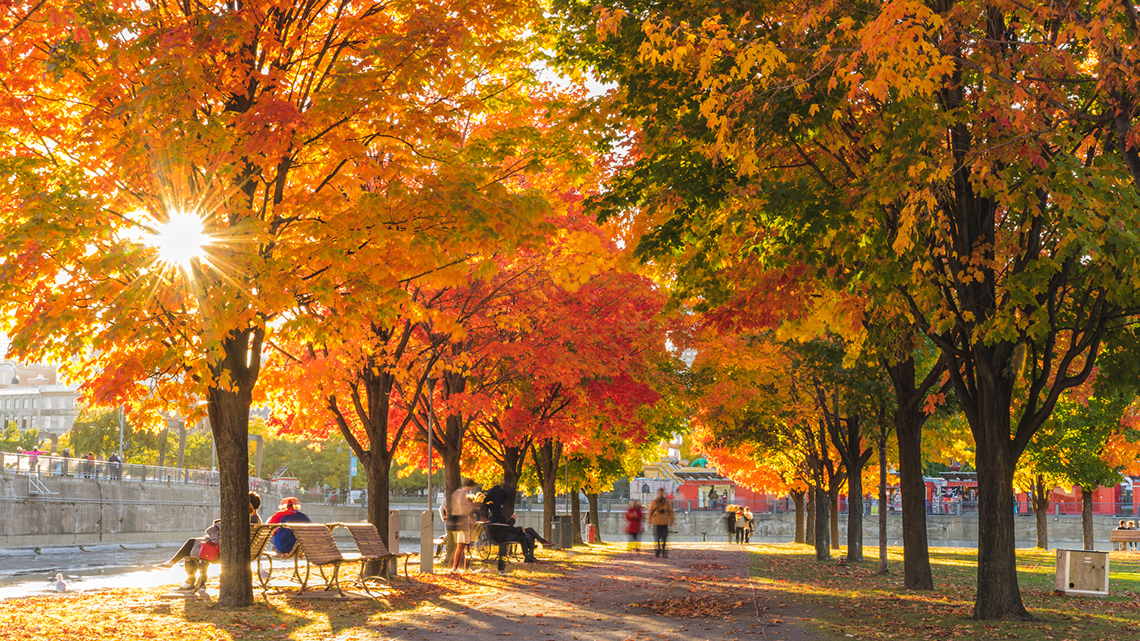
In the fall, leaves change colour and fall off of trees.
Consolidation
The four seasons
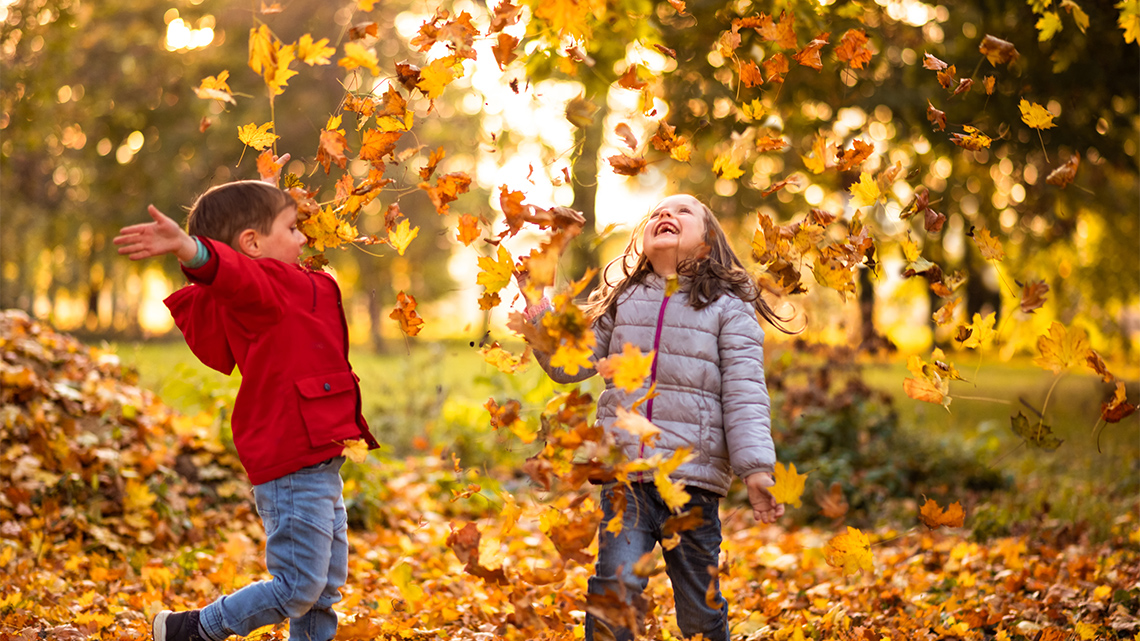
Use this flow chart to put the four seasons in their proper order.
The following cards are items that fit together in a cycle. Put the items in each answer box in the correct order.
Use your learning to answer these questions. Record your answers on the computer, on paper, or in a recording.
- How do we know that the four seasons are a cycle?
- What is a cycle that happens in your life every day? How do you know it is a cycle?
Match this!
Match the picture of the tree to the season.
For each season select the corresponding tree.
Choose one tree picture and explain what clue you used to match that picture to that season.
Record your clue in a method of your choice.
Reflection
How do you feel about what you have learned in this activity? Which of the next four sentences best matches how you are feeling about your learning? Press the button that is beside this sentence.
I feel…
Now, record your ideas about your feelings using a voice recorder, speech-to-text, or writing tool.





